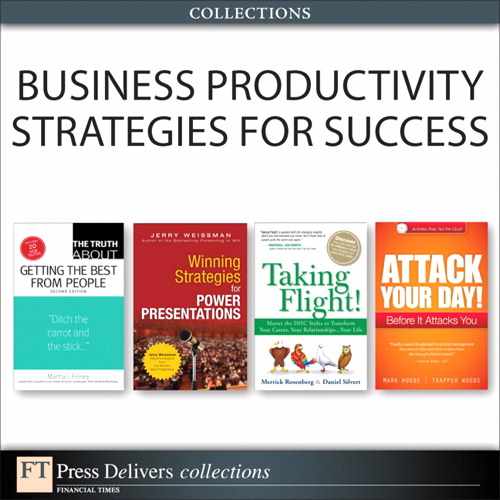13. Writer’s Block II
Easier Said Than Done
The step-by-step process to get past the proverbial blank page of the previous chapter is as applicable to presenters as it is to writers. Another method to break through the mental barricade is to just start talking.
Writers have long known that speaking aloud what they have written in silence helps them to shape their ideas. In a Wired Magazine article on voice recognition, Clive Thompson tells of sixteenth-century French essayist Michel de Montaigne and nineteenth century American writer Henry James, both of whom wrote by dictating their work to their secretaries. Moving to the present, Mr. Thompson cites the example of writer and critic Tim Carmody who “found himself staring at an empty page, not knowing where to begin. He had no problem talking to friends about his ideas, so Carmody booted up Dragon (voice recognition software from Nuance), talked aloud for hours, and got past the block.”1
Mr. Carmody was experiencing the starting point of a spectrum of benefits that comes from combining the written words with the spoken. Speaking aloud also provides perspective during the home-stretch of the creative process—in the reviewing and polishing steps. Many professional writers read their work aloud to themselves (rather than to their secretaries as Messrs. Montaigne and James did).
Giving sound to what had been a silent process puts writers in the role of their readers. This gives writers an objective view of their content. Bestselling author Nicholson Baker calls his version of this process “speak-typing,” in which he dictates to himself and types as he speaks. In an interview with the New York Times about his book House of Holes, Mr. Baker explained that “the words come out differently. The sentences come out simpler, and there’s less of a temptation to go back and add more foliage. I’m trying for a simpler kind of storytelling.”2
Presentations are all about speaking aloud, and preparing for them should involve talking too. As a coach, I recommend that presenters rehearse their presentations by displaying their PowerPoint slides in the Slide Sorter view (think of this as the Storyboard) and then running through their narrative aloud, assuming the role of their audience.
But giving voice to ideas also helps that challenging front end of the creative process. Just as Mr. Carmody did, you can jump-start your own creative process by speaking your presentation aloud and recording it using Dragon software or the voice record function on your smartphone. Play back the recording afterwards to shape or reshape your ideas and words, but the key to breaking the logjam is to start talking.
Writer’s block occurs because the prospect of starting from scratch is daunting. Even if a writer has a clear idea of a new story—or a presenter has a clear idea of a new presentation—the prospect of choosing which of all the available ideas to include or how much detail to provide, overloads the writer’s mind. However, writers and presenters alike, having lived with their subject matter, know it intimately and have no difficulty chatting about it. Extend that facility into having a private chat with your recording device. You’ll find the process liberating and productive.
Mr. Thompson’s article tells us how much Mr. Montaigne valued the process: “‘The things I say,’ Mr. Montaigne dictated, ‘are better than those I write.’”3
